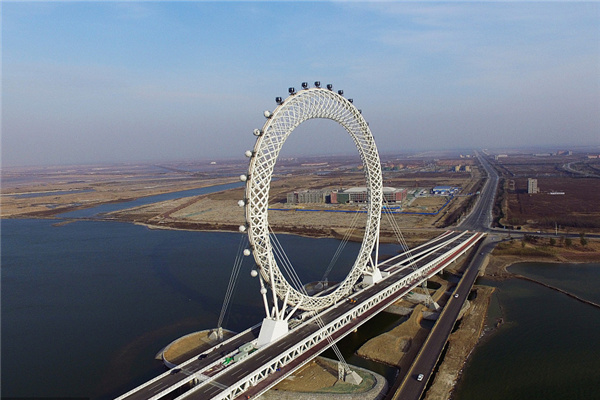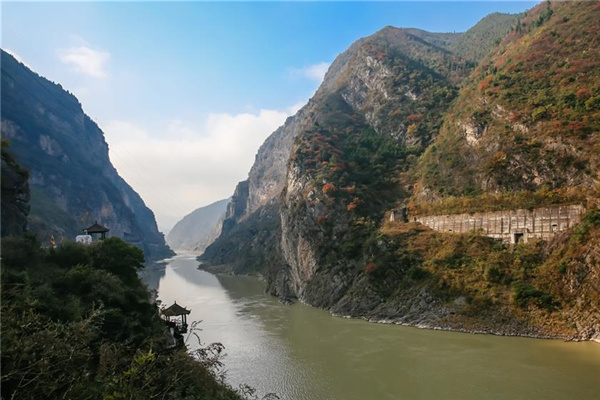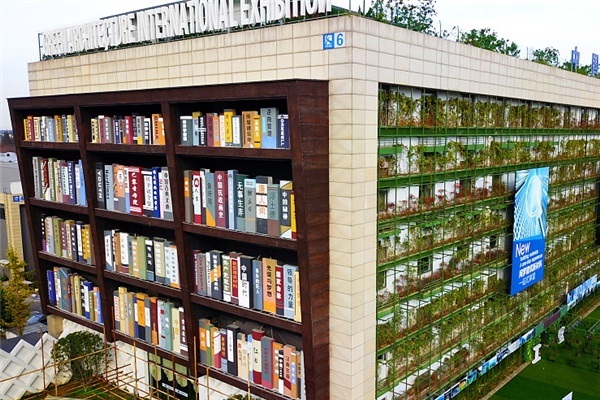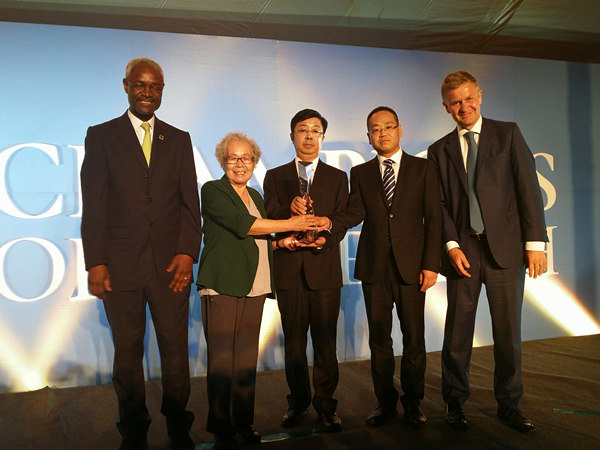

China is today a key player in the global market for photovoltaic (PV) technology that uses energy from the sun to generate electricity, now with one-third of the world's production in a market that stood last year at some 350 billion yuan.
But the needed and promising industry is currently in a phase of consolidation.

The financial crisis has resulted in a large number of cancelled or delayed projects. Of the 7.5 gW of global PV module production in 2008, 2 gW remained unsold and created an additional buildup of inventory.
Publicly traded solar stocks were down 76 percent on average, twice the decline of the general market. In the last few weeks solar stocks, like most other shares, were in an upswing but it will take some time to again see the tremendous market growth figures for PV of the past.
In particular, export opportunities for Chinese products into European markets were reduced through more restrictive support policies. An example is Spain where the government had to react to an overheating domestic PV market.
Yet the global "PV bubble" that burst in the last few months can be seen as a healthy phenomenon on the way to a much bigger market. Solar PV electricity is a key option among the renewable energies that attract increasing attention for being environmentally clean without affecting the climate while securing better energy independence.
Due to tremendous growth over the last few years, the PV market for silicon chips is now bigger than the semiconductor market for computer chips. And there is real business: last year total global investment in clean energy stood at $142 billion, a figure could increase fivefold a year by 2030, predict international finance experts.
China plays a unique role as its PV industry specialized in exports while its home market did not get much attention. The argument went that PV was too expensive for the Chinese electricity market as it exists today. But that situation has changed - as a result of the turmoil in the global PV markets module prices have been cut by half and competitiveness with some kinds of conventional electricity is in sight.
Chinese authorities became aware that the PV industry in the country deserves more support so its precious technology and manufacturing capabilities are not greatly damaged. There are opportunities indeed for China to catch up with international support schemes to strengthen its home market. The PV home market in Germany will exceed 2000 mW this year - it shows no signs of weakening at all.
Eventually, there is no reason why the Chinese market will not also reach this size as early as next year. China has several trump cards to play, in the size of its manpower, surface area and market know-how.
New proactive support to push the domestic markets in China would perfectly fit in China's overall development. So could PV plates become a new architectural tool for the many great buildings under construction or planned.
We worked some years ago with Lord Norman Foster, the architect of the new Beijing airport, on solar architecture development and showed the many merits of PV, not least its aesthetics. Lord Foster was one of the top architects who signed the European Charter for Solar Energy in Architecture and Urban Planning in the mid-1990s that was promoted by us.
Another attractive opportunity for China to support its PV industry is international cooperation. The UN Millennium Development Goals call for fighting the lack of electricity and light everywhere. In China electrification already reaches all parts of the country, so it is little concerned itself by this problem. But electrification remains a big problem in India and other parts of the world such as Africa.
China is very active in Africa in developing local infrastructure in the framework of larger cooperation agreements. Knowing that 80 percent of the people in Africa currently lack any kind of electricity, a new low-carbon society can have a name there: PV electricity from the sun. And China may open a new humanitarian pathway to help the poor in our global society.
The author is chairman of the World Council for Renewable Energy. The opinions expressed in the article are his own
(China Daily 06/22/2009 page3)













